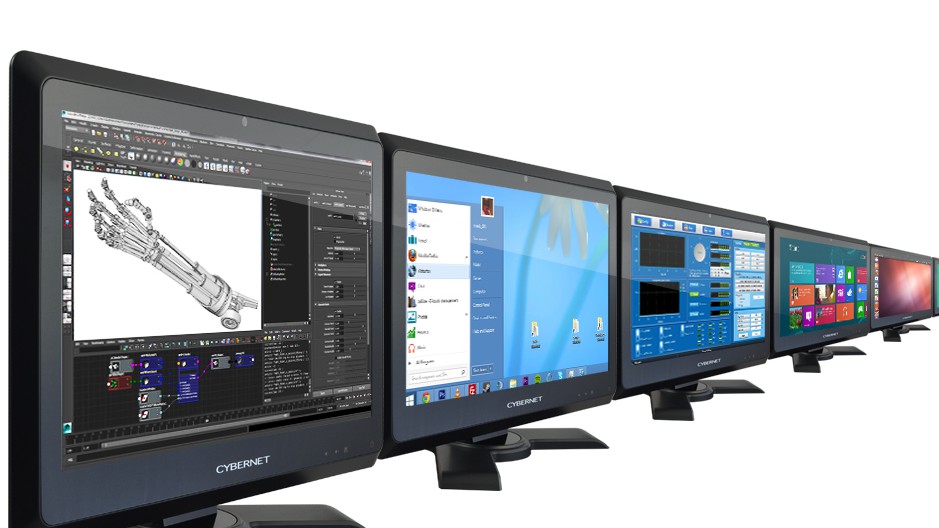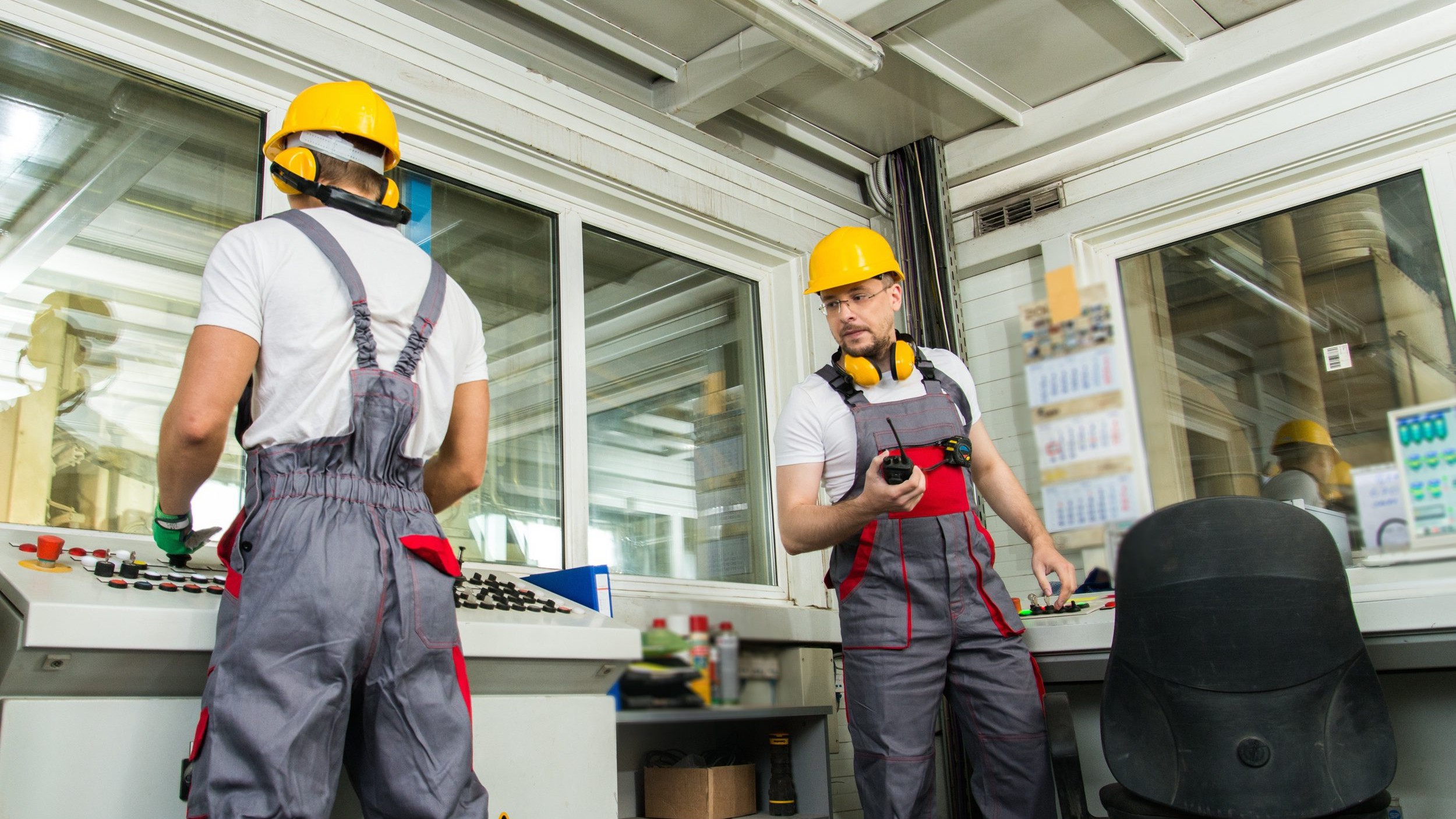If you were able to travel to space, would your smartphone or laptop work there? The short answer is likely yes, but not for very long. For a computer to properly function in space there are quite a few requirements that need to be met that you may not otherwise think about. Interestingly, many of the same requirements apply to industrial grade computers.
Compared to the original space flights, even a common smartphone has more computing power than what was available to early astronauts. For example one stick of DDR4 8GB RAM commonly found in a laptop or computer is approximately 64,000,000,000 bits. That’s over a million times more RAM than the Apollo Guidance Control unit that was used to get men to the moon in 1969 that had only 589,824 bits.
Problems Operating Computers in Space
Article Guide
Computers need years of specific testing to ensure they are able to handle the unique characteristics of space travel. Hewlett Packard has spent years working on developing computer chips that can withstand the harsh elements of space alongside NASA to help tackle some of these problems.
The majority of concerns when designing a computer that can operate in space, whether it’s on the International Space Station (ISS) or in the depths of space itself, have to do with the unique characteristics of the environment. Since these machines were designed to operate on Earth, where the climate is very temperate in comparison, there are a number of factors engineers must take into account. Furthermore, reliability is of the utmost importance since repairs – or worse yet – replacing these computers can be extremely difficult.
Extreme Cold and Heat
On the ISS, the temperature is set to a comfortable 72 degrees Fahrenheit or 22 degrees Celsius. Though this can range from 65 to 80 degrees Fahrenheit (18 to 26 degrees Celsius), computers have no problem functioning at those temperatures given how similar it is to Earth.
Far greater difficulties are found outside the space station where astronauts must wear specially designed suits on their space walks to survive temperatures that can range from minus 250 degrees (-155 degrees Celsius) to 250 degrees Fahrenheit (120 degrees Celsius) depending on whether they are in direct sunlight or the shade.
Lithium batteries, that are the most common found in modern devices, typically only work between roughly -4 degrees Fahrenheit (-20 degrees Celsius) and 149 degrees Fahrenheit (60 degrees Celsius). If the battery gets much hotter or colder than that, it can malfunction or cause other problems to the computer.
Another potential issue with operating a typical computer in space is with the LCD screen. These screens are filled with liquid, thus the L in liquid crystal display, and the liquid could either evaporate from the heat or freeze if it were exposed to the harsh elements of space without being designed to withstand the extreme range of temperatures.
Operating in a Vacuum
If the computer relies on airflow of any kind to cool itself, the airflow will not work in the vacuum of space. This is a rather easy problem to work around since fanless computer designs are often required right here on Earth for a variety of industrial and medical applications. In these environments, fans can either often fail in a setting like a factory due to dust and other particles in the air, or a fan can be unhygienic when sanitation is of the utmost importance in someplace like a hospital.
Dealing with Radiation
Space is a very hostile radiation environment that would result in so many high energy particle interactions that the RAM would be corrupted every few seconds and no program would run. Engineers have found a few ways to overcome this problem. The first being redundancy, where there are simply several copies of the computer chips being used in critical components, so in the event one crashes a second can complete the necessary calculations.
Another potential solution is shielding. In this case the computer chips that are susceptible to radiation damage are encased in lead or other minerals known to block the harmful rays. However, both of these solutions add weight to a spacecraft which must be kept as low as possible.
The EXtreme Environment Microsystems Laboratory or XLab at Stanford University has been in development of some of the newest innovations to the problem of radiation and computer chips in space. XLab researchers have been experimenting with chips made of gallium nitride and zinc oxide. Silicon based semiconductors have rather weak atomic bonds which can result in radiation particles rather easily bumping atoms out of place. In using elements with stronger atomic bonds, it is hoped that if the radiation does manage to shift electrons out of place they will have what is referred to as a self healing bond that allows the computer chips to continue to function.
Waterproof
Computers used in space need to be tested to withstand common elements like water to ensure they won’t malfunction from something as common as spilt water. This can be very common, especially when working in a zero gravity environment. Fortunately, water resistant computers have been available for some time and are commonly used in industrial, medical and marine among other applications.
Reliability
With space program missions that are unmanned in particular, the reliability of any electronics being used is paramount. Even with manned missions, repairing or worse yet replacing a malfunctioning piece of electronics, may be impossible. For these reasons, any computer that is being sent into space needs to be able to run for years without turning off or much maintenance.
Closing Thoughts
Computers have played an integral role in space travel since its inception, and they will continue to do so. Though it takes equipment designed specifically for the environment of space, engineers have many of those problems solved.
Similarly back on Earth, computers are designed for specific environments as well with specialized units created to withstand harsh temperatures, water, and a need for better reliability than a typical PC.
Contact an expert at Cybernet if you’re interested in learning more about the customization options offered to create computers specifically designed for your application.
Join the conversation and connect with us on this and other relevant topics – Follow us Facebook, Twitter, and Linkedin.
4 Reasons Why All-in-One Space Saving Computers are Best for the Enterprise Setting
November 2, 2017
The enterprise setting is not easily defined; multiple dictionaries define the enterprise as merely a business organization, a particular project, a systematic, purposeful activity, or other generic definitions. That…
0 Comments8 Minutes
Industries That Rely On All–in–One Computers
April 23, 2015
All–in–one computers have emerged to become the device of choice for several professionals. In the past, computing devices were severely limited to bulky and unwieldy machines that operated at a snail’s pace. Now, the…
0 Comments5 Minutes
You Can't
Learn from a Pop-up
But we can deliver knowledge to your inbox!
We dive deep in the industry looking for new trends, technology, news, and updates. We're happy to share them with you.
Knowledge, News, and Industry Updates Right in Your Inbox




